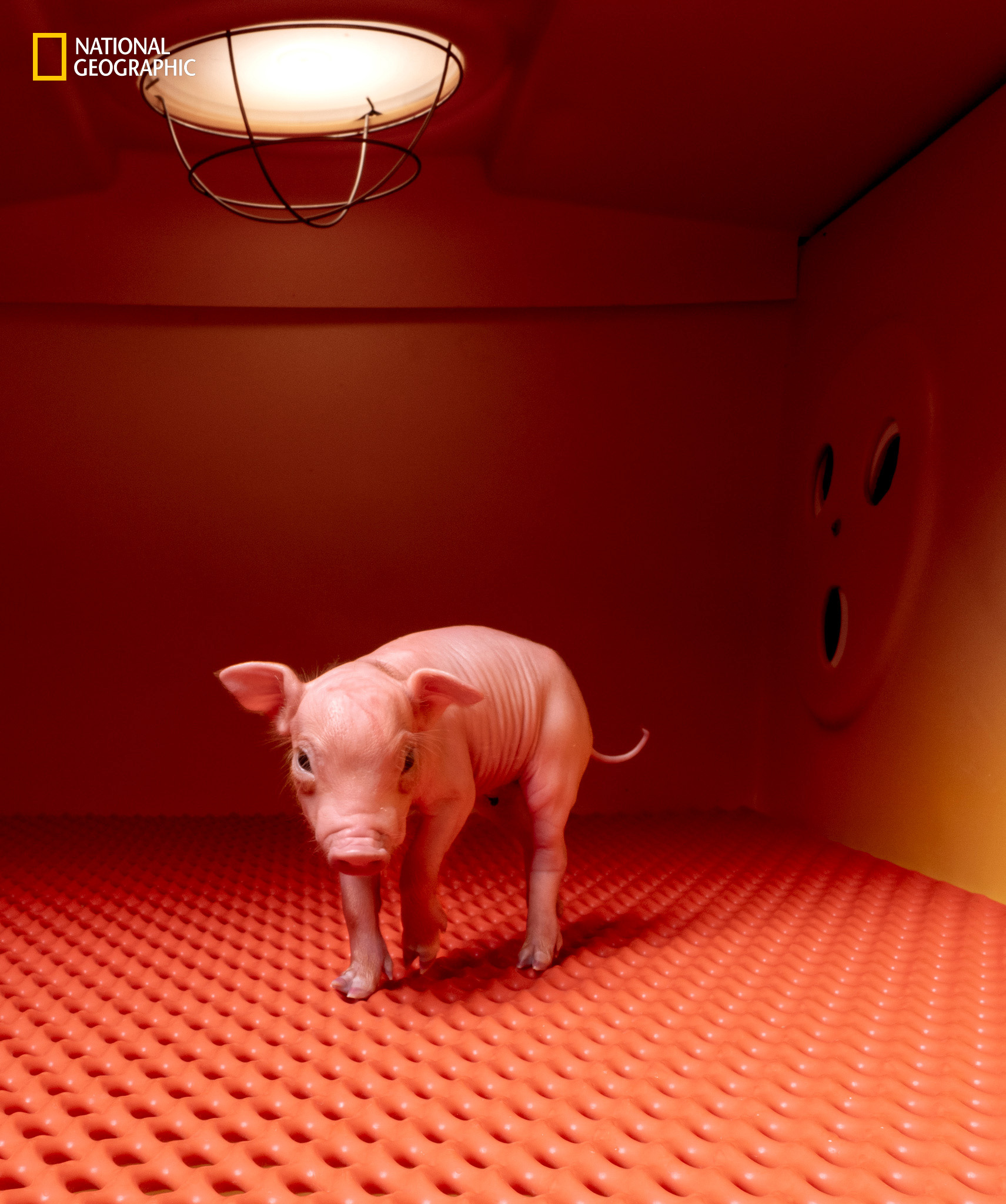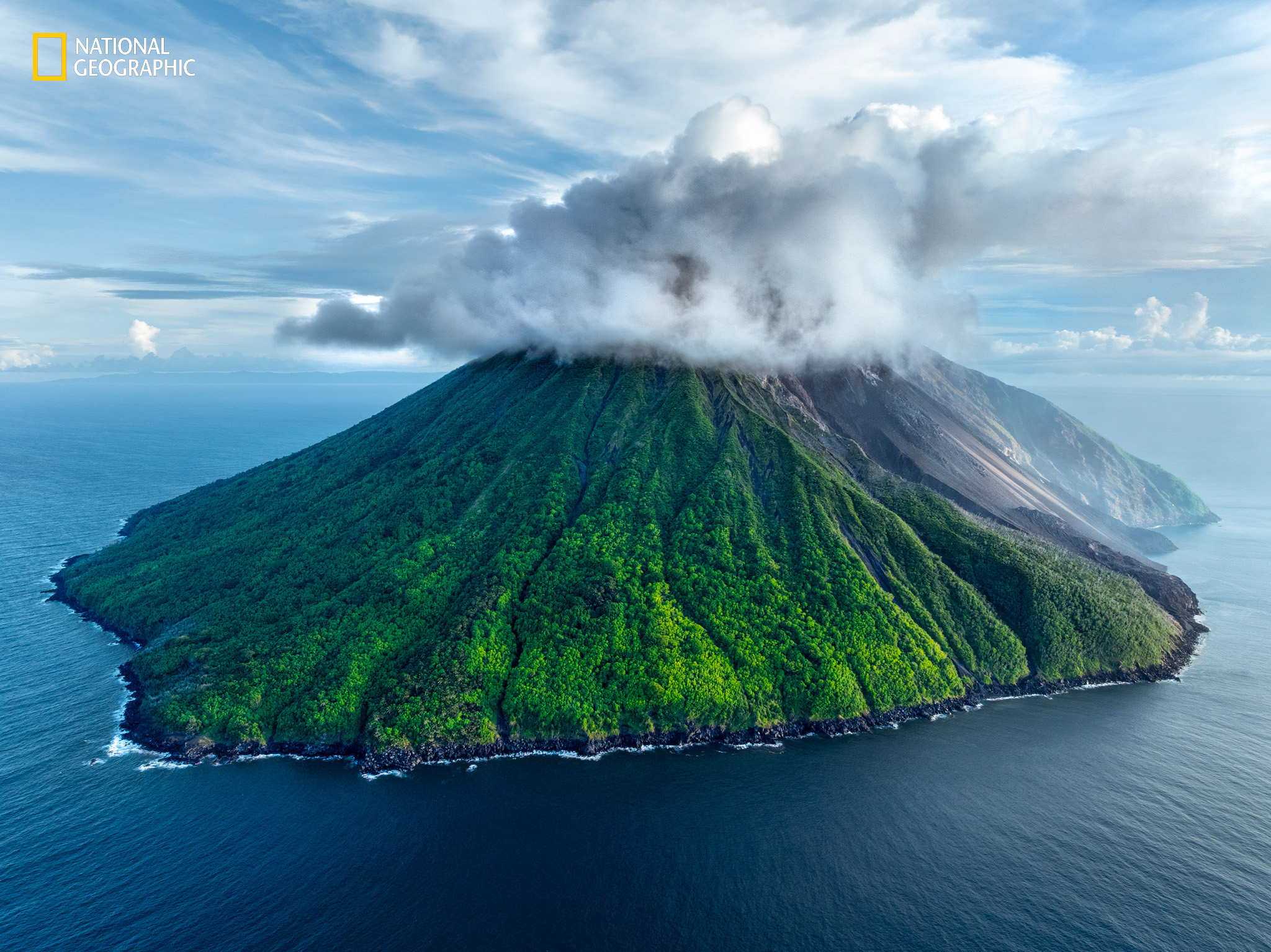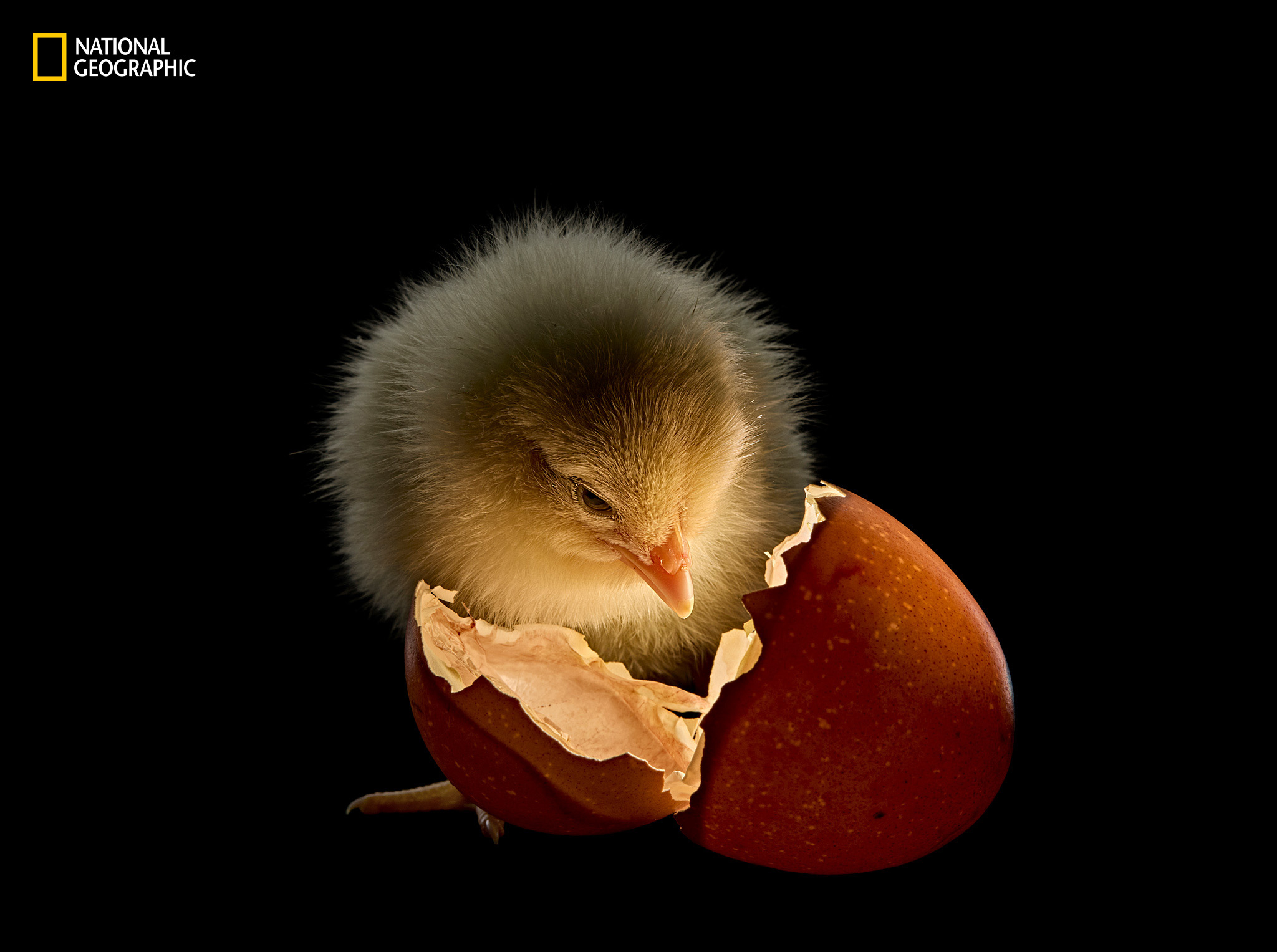
The National Geographic’s Pictures of the Year 2025 have arrived – and the photographs are nothing short of extraordinary. From thousands of images made by National Geographic‘s photographers across more than 20 countries, the images move and inspire.
What elevates this annual retrospective is not just the visual brilliance, but the lived experience behind every frame – the patience, grit and instinct of the photographers who chase these moments before they disappear.
“Pictures of the Year is a project that is always inspiring and thought-provoking,” said Nathan Lump, editor-in-chief of National Geographic. “Each year, our photographers and editors sift through thousands of images, searching for those rare moments that stop us in our tracks.

“Individually, these photographs speak to beauty, fragility, and wonder. Taken together, I see a collective sense of urgency – a call to preserve what’s in danger of being lost, as well as a reminder of the poetic beauty to be found in carrying on, in daring to dream of a better future.”
Let’s explore some of the 25 images that shaped our perspective on the world this year. The full Pictures of the Year 2025 gallery is available now at the National Geographic website, where you can explore more about the stories and behind-the-scenes moments – and read on to find out how to show off your work to Nat Geo, to reveal what moved you this year…

With an eye toward solving the global energy crisis, scientists are developing powerful nuclear fusion devices called stellarators. This model was created at a German lab where international researchers built a much larger one that generated an astonishing 54,000,000°F / 29,999,982°C reaction. For a record-breaking 43 seconds, it was the hottest entity in the entire solar system – including the sun’s center.

This two-day-old piglet was bred to save lives. Scientists modified its genes in an attempt to harvest kidneys for human transplantation. Pigs like this represent new hope for the tens of thousands of Americans in desperate need of kidneys, 66% of whom remain on the waiting list for more than a year.

The Solomon Islands are home to some of the most diverse coral reefs on the planet. Earlier this year, the island nation pledged to preserve 59 million acres of its marine waters, including the seas surrounding this lush isle – which make up part of a vital aquatic region called the Coral Triangle that spans six countries and contains 76% of the world’s coral species.

In the misty highlands of Angola, entry to one of southern Africa’s least studied ecosystems is controlled by King Mwene Chivueka VI, leader of the Luchazi people. For generations, his community has venerated an elusive herd of elephants native to the area – which outside scientists have only recently begun tracking, with the king’s permission.

For years, photographer Anand Varma has attempted to document when an egg yolk can still be seen but a bird form has clearly emerged. He experimented by incubating embryos in artificial shells before finally capturing the transformation at 12 days old. Varma separately raised some embryos to chicks, which he donated to people in the community.
Get your work seen and featured by Nat Geo
This year, the story extends beyond Nat Geo’s pages.
To celebrate the release, National Geographic is inviting photographers everywhere – whether you shoot with a DSLR, mirrorless, compact, a drone or the phone in your pocket – to share their own defining images of 2025 using #NatGeoYourShotPOY25 for a chance to be featured on @NatGeoYourShot.
Nat Geo photo editor Anne Farrar will select the community images by December 31. If this year’s collection sparks something in you, this is your invitation to join the global creative conversation.
Author: Kim Bunermann
Source: DigitalCameraWorld
Reviewed By: Editorial Team



